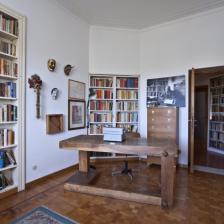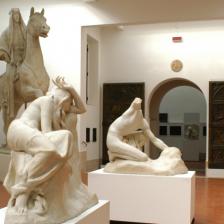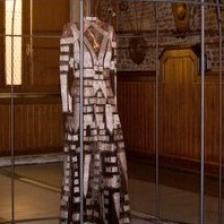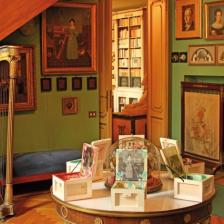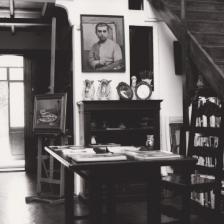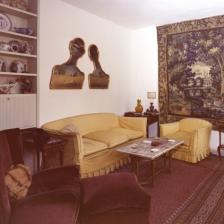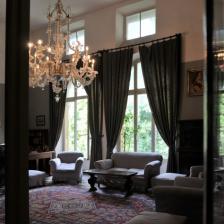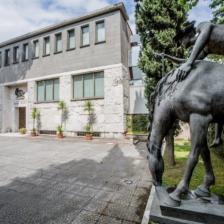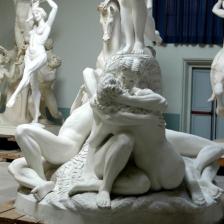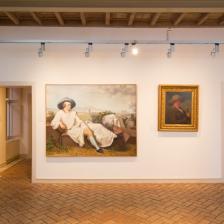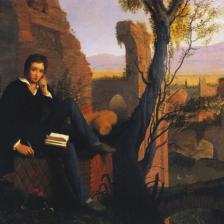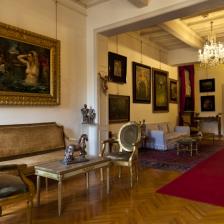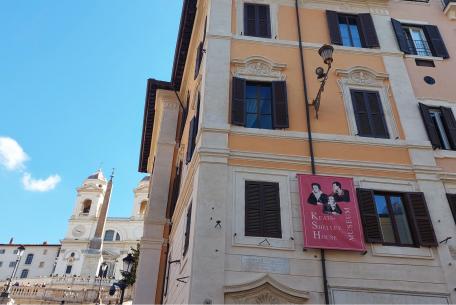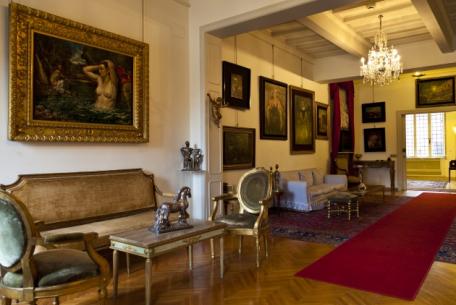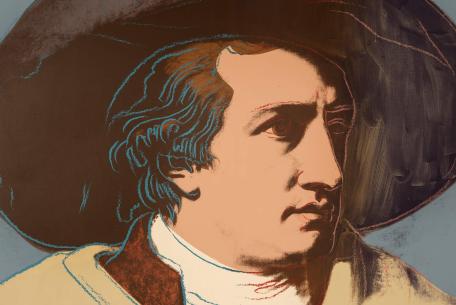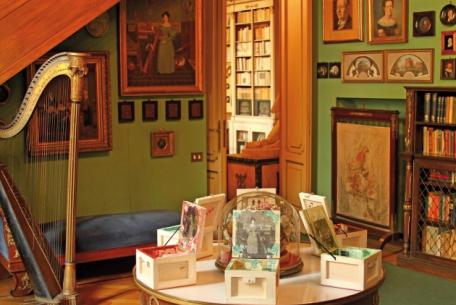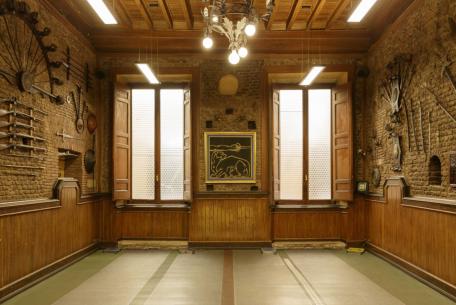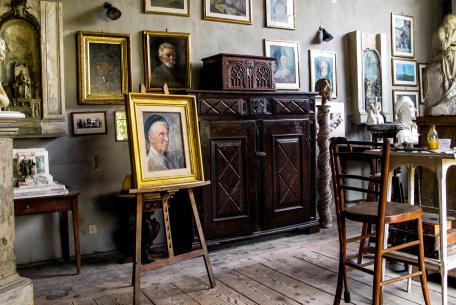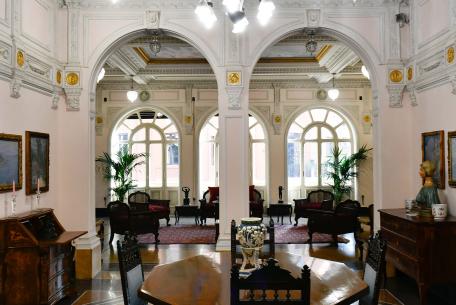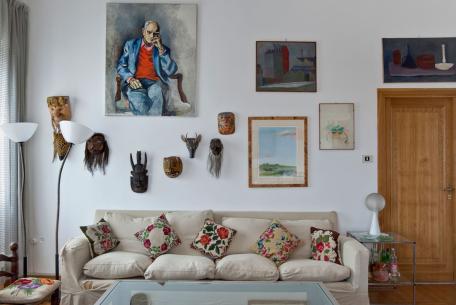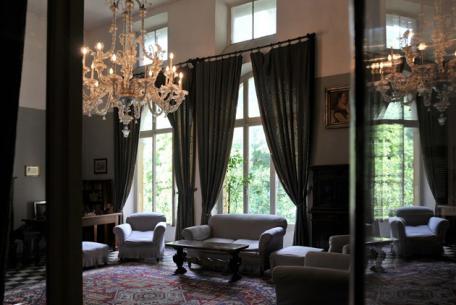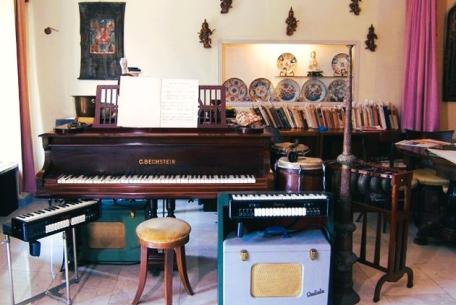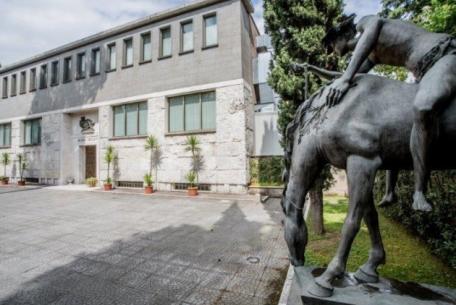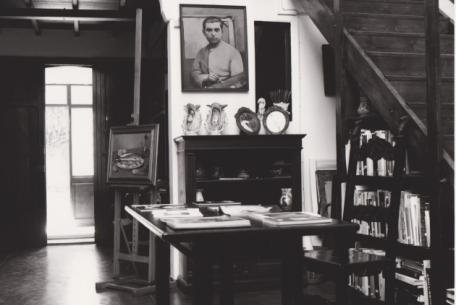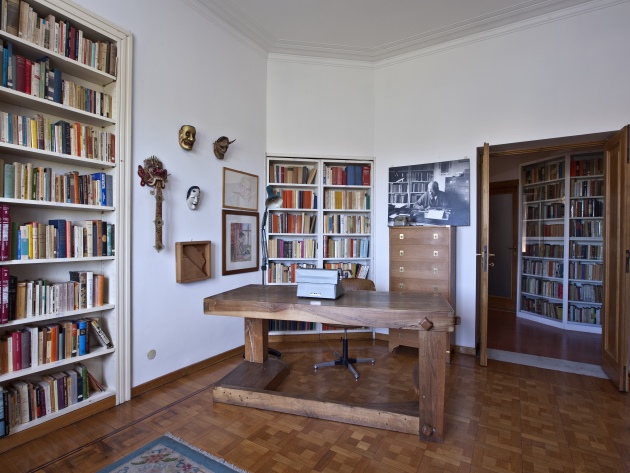
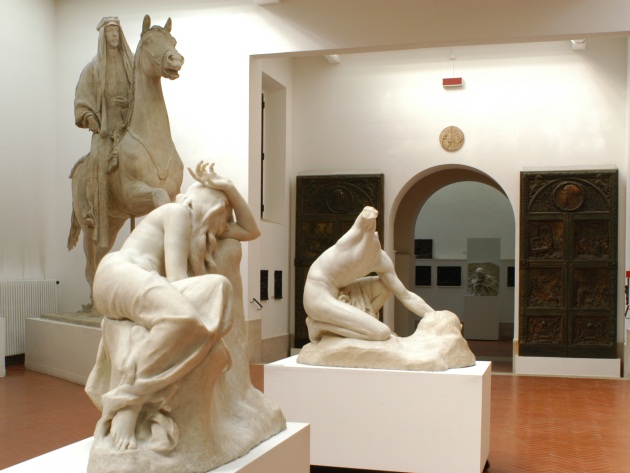

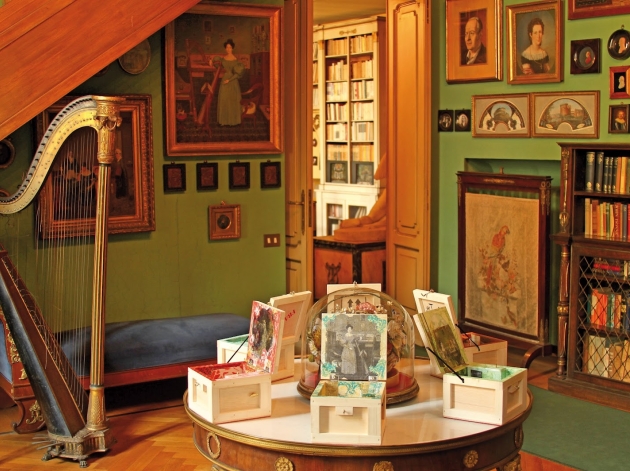
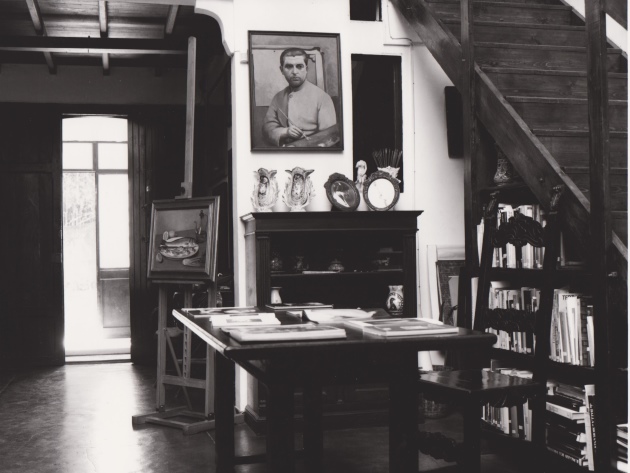
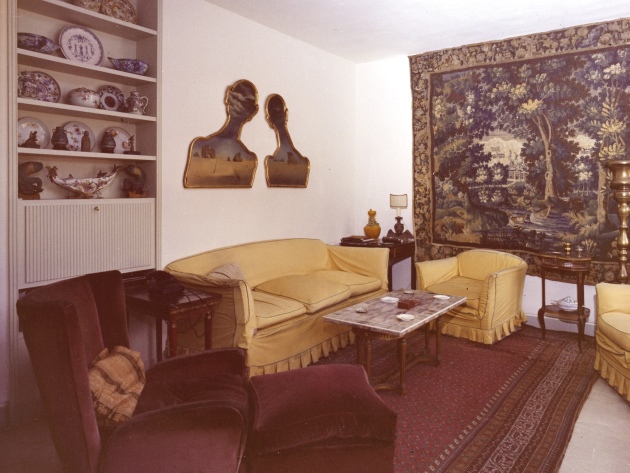
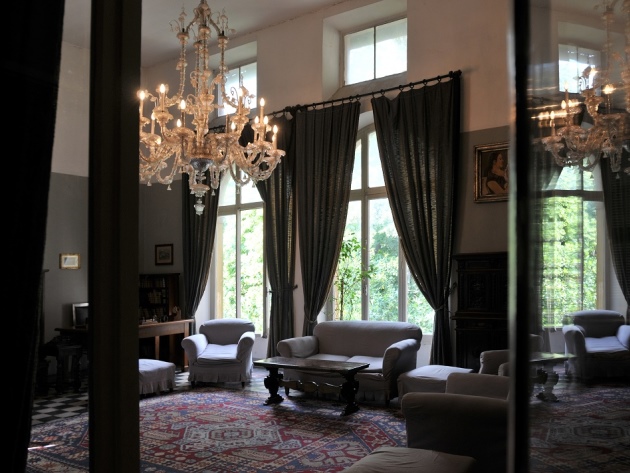
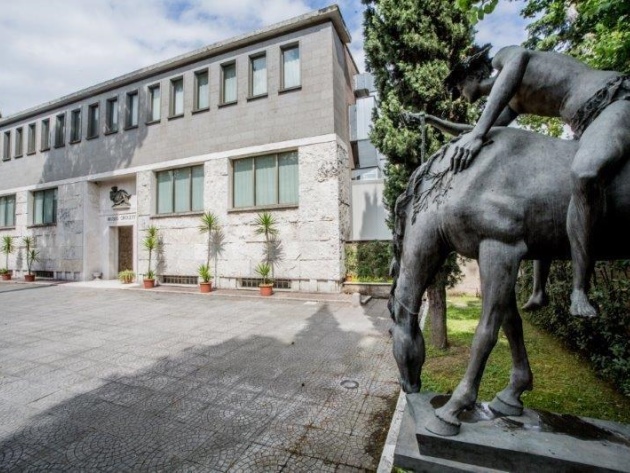
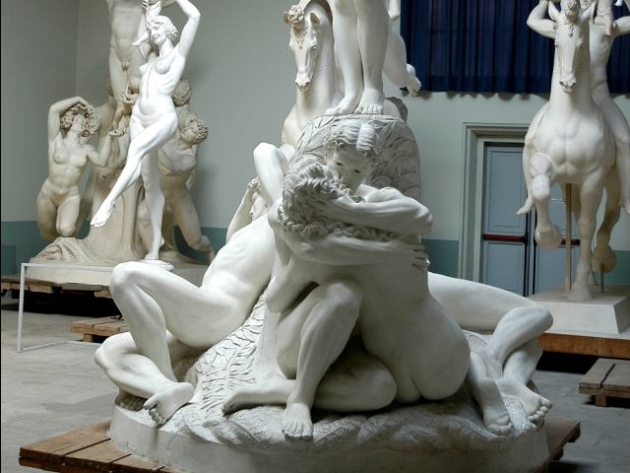
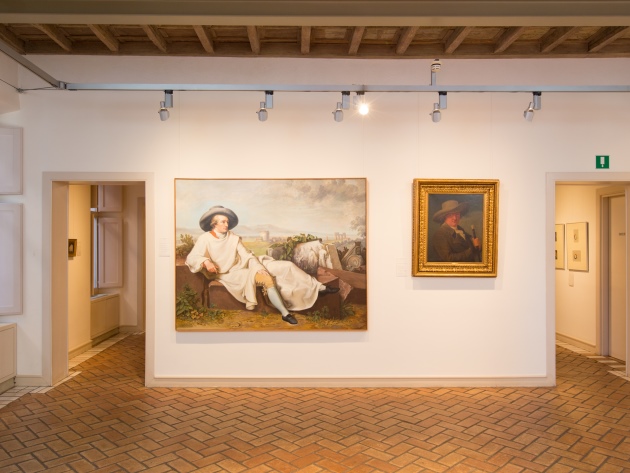
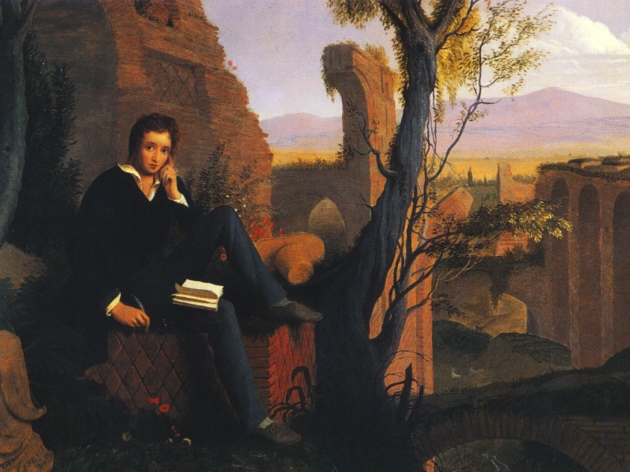
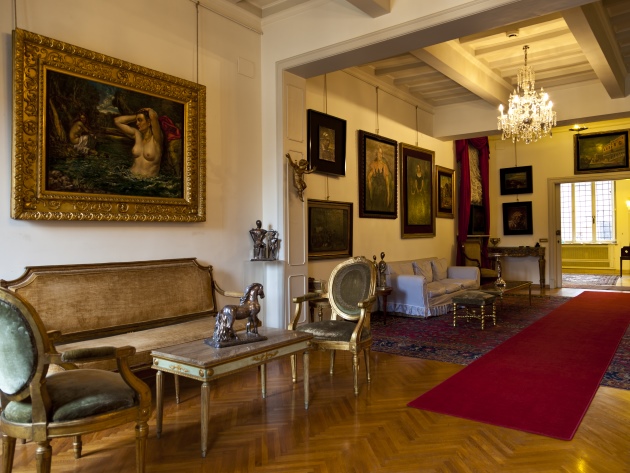
An itinerary to discover Rome through the private homes of famous people who, over the centuries, have left an indelible mark on the city’s history and culture. Transformed into museums and open to the public, the House Museums are a kind of self-portrait of their famous tenants, great poets, intellectuals, writers, musicians and artists, in the broadest sense of the term, who found their inspirational muse in Rome. They reveal their personalities, souls and thoughts: the furnishings, books, mementos and everyday objects that are part of the exhibition itinerary tell of the lives and works, but also unusual aspects, unexpected curiosities and personal rituals.
-
Keats-Shelley House
-
Giorgio de Chirico House Museum
-
Goethe House
-
Palazzo Primoli - Mario Praz Museum
-
Musumeci Greco Accademia d’Armi House Museum
-
Pietro Canonica Museum
-
Hendrik Christian Andersen Museum
-
Alberto Sordi House Museum
-
Alberto Moravia House Museum
-
Study House of Luigi Pirandello
-
Giacinto Scelsi House Museum
-
Francesco Trombadori Atelier
-
Venanzio Crocetti Foundation Museum
-
Balla House
-
House Museum Casa Pasolini
Keats-Shelley House
A beautiful 18th-century building overlooking Piazza di Spagna, right next to the Spanish Steps. The English poet John Keats had arrived in Rome in a vain attempt to slow down the consequences of tuberculosis; he lived the last period of his life in this house and died there in February 1821, at the age of 25. The elegant house museum was opened to the public for the first time in 1909. It preserves the artist’s bedroom and contains a rich collection of paintings, sculptures, manuscripts, objects. They include first editions of the works of Keats, Percy Bysshe Shelley and Lord Byron, the most important exponents of the second generation of English Romanticism, as well as manuscripts by Jorge Luis Borges, Oscar Wilde, Mary Shelley, Walt Whitman, William Wordsworth, Robert Browning and Joseph Severn, Keats’ friend and travelling companion.
Giorgio de Chirico House Museum
At number 31 in Piazza di Spagna, a few steps from the Keats-Shelley House and in the heart of what since the seventeenth century was considered the cultural and artistic center of the city, is the seventeenth-century Palazzetto dei Borgognoni. After spending many years in various European cities and New York, the great metaphysical painter Giorgio De Chirico settled here in 1948, at the age of sixty. He would live there with his second wife Isabella Pakzswer Far for the next thirty years, until his death in 1978. The three-story studio-apartment, opened to the public in 1998 after careful philological restoration, allows visitors to explore the private dimension and creative universe of one of the leading figures of the 20th-century art scene, in an evocative interweaving of art and life. In addition to the artist’s original furniture and personal effects, the house museum preserves a magnificent collection of works ranging from the late 1920s to the mid-1970s, the artist’s atelier and a valuable library.
Goethe House
Leaving Germany at dawn on 3 September 1786 to fulfill his life’s dream, German poet and writer Johann Wolfgang von Goethe stayed nearly two years in Italy, dedicating one of his most famous books to the country. However, he spent most of his time in Rome, in the “capital of the world”. The Roman apartment where Goethe lived with his friend, the painter Johann Tischbein, and other German artists has housed since 1997 the only German museum abroad. Located on Via del Corso, just a few steps from Piazza del Popolo, Casa di Goethe museum preserves letters, books (including Goethe’s “Iphigenia” and “Tasso”), and drawings that chronicle the artist’s famous trip to Italy and the poet’s Roman sojourn to which the permanent exhibition is dedicated. The museum also houses two important libraries and curates periodic temporary exhibitions, a scholarship program and events dedicated to Italian-German cultural exchanges.
Palazzo Primoli - Mario Praz Museum
A short distance from Piazza Navona, the historic Palazzo Primoli houses, in addition to the Napoleonic Museum, the apartment inhabited since 1969 by Anglicist and critic of international stature Mario Praz. Reopened to the public in March 2024 after a major restoration, the Mario Praz Museum is a place full of insights and suggestions, reflecting the taste, intellect and inclinations of the famous essayist, guiding visitors to discover a “philosophy of furniture” ranging from the neoclassical taste of the late 18th century to the second half of the 19th century. The more than 1,200 pieces of furniture, paintings, books, sculptures, waxes and art works, purchased on the antiques market in France, Germany, England and Italy, tell the story of Praz’s passionate collecting and his complex personality. The transformation into a house-museum was at the behest of Praz himself, who in his will donated the apartment and the objects preserved within it to the Italian state, so as to ensure that this heritage would remain intact and be preserved as in a museum.
Musumeci Greco Accademia d’Armi House Museum
Near the Pantheon, on Via del Seminario, a 15th-century mansion is home to the Casa Museo Musumeci Greco. Once the home of Diego de Valdés, chamberlain to Pope Alexander VI Borgia, the house preserves a collection of weapons ranging from the 15th to the 20th century, flanked by some fine stage weapons. The story of the building is intertwined with that of the Musumeci Greco family, from the Garibaldian volunteer Salvatore Greco to Agesilao (a champion of world fencing at the turn of the 19th and 20th centuries and a friend of intellectuals such as Trilussa, Gabriele D’Annunzio and Tommaso Marinetti) and to the present day, with Olympic sports practice and stage fencing, a tradition begun with Enzo Musumeci Greco, inventor of the profession of Master of Arms and continued with his son Renzo. The house-museum can be visited by appointment; it houses works by great artists of the 20th century, such as Duilio Cambellotti and Mimmo Paladino. Part of the courses of the Musumeci Greco Academy of Arms are held inside.
Pietro Canonica Museum
A hidden treasure in the heart of Villa Borghese. The home-studio of Pietro Canonica, appointed Academician of Italy in 1929 and then Senator for life in 1950, gives us back the image of the Piedmont-born sculptor and composer in its entirety, human as well as professional. Having moved to Rome in 1922, when he was already famous, in 1926 Pietro Canonica was granted by the city the use of an abandoned building, used in the 17th century to raise ostriches, peacocks and ducks for the hunting parties of the Borghese family. In return, the artist pledged to donate, after his death, all the works collected there over the years so that it would become a museum named after him. The second floor of the Pietro Canonica Museum hosts the artist’s private apartment, full of fine furnishings and paintings from the 19th century. In the atelier and exhibition rooms on the ground floor, it is possible to admire most of the works by Pietro Canonica: marbles, bronzes, and original models, as well as a large number of sketches, studies, and replicas that tell the artist’s creative journey.
Hendrik Christian Andersen Museum
A unique museum in the Flaminio district that preserves the works of the Norwegian-American sculptor and painter Hendrik Christian Andersen, who lived in Rome from 1898 until his death in 1940. Decorated in an eclectic neo-Renaissance style, the building that houses the museum was built to the artist’s design as a home-studio: on the front door stands the inscription Villa Helene, a dedication by the sculptor to his own mother. On the ground floor are two large ateliers with the artist’s works, and on the second floor is his home, now used for temporary exhibitions devoted to modern and contemporary foreign artists. The collection of works (more than two hundred large, medium and small sculptures in plaster and bronze; more than two hundred paintings and over three hundred graphic works) is almost entirely centered around the utopian idea of an ideal city. Innovative and sustainable, the city was to be built near the Capital as an international headquarters for a laboratory of ideas in the arts, sciences, philosophy, religion, and physical culture.
Alberto Sordi House Museum
Designed by Clemente Busiri Vici in the late 1920s and surrounded by greenery, the villa overlooking Piazzale Numa Pompilio, opposite the Baths of Caracalla, was purchased by Alberto Sordi in 1958. The Roman actor wrested it from his friend Vittorio De Sica and lived there until 2003, the year of his death. The various rooms of the house illustrate the life and career of the great Roman actor, symbol of the city and protagonist of countless masterpieces of Italian cinema, through documents, objects, photographs, and curiosities, including the gym with the mechanical bull on which Sordi competed with his friends and the curious barber shop. Now the home of the Historical Archives and the Museum Foundation, which has been protecting, popularizing and enhancing his figure nationally and internationally since 2011, the villa has been declared an asset of cultural interest along with all the art objects it contains: it currently hosts cultural events and is opened for extraordinary occasions or upon request.
Alberto Moravia House Museum
A writer with a complex personality, critic, essayist, committed intellectual, and Roman by birth, Alberto Moravia lived from 1963 until 1990, the year of his death, in an apartment on the top floor of a 1930s building on the banks of the Tiber, in the elegant and reserved Della Vittoria residential district, between the Rione Prati and the Foro Italico. Part of the Museums of Rome’s Sistema dei Musei in Comune di Roma Capitale and open to the public since 2010, the Casa Museo Alberto Moravia is an evocative place, where one can breathe in the minimalist atmosphere of the period and the sober personality of the landlord. In the different rooms of the apartment, visitors and scholars can admire the works of art and objects collected by Moravia himself on his many trips to the East and Africa, alternating with the shelves full of important volumes, and imagine the artist in his studio, at work on his Olivetti 82 typewriter.
Study House of Luigi Pirandello
A small villa built in the 1910s, not far from Villa Torlonia, was the last home of Luigi Pirandello, who moved there upon his return to Italy after years spent in Berlin and Paris. Here the great Sicilian writer and playwright lived from 1933 to 1936, the year of his death, and it was in this house that in 1934 he received the news of the Nobel Prize for Literature. Home since 1962 to the Institute of Pirandellian Studies and Contemporary Italian Theater, which is entrusted with the custody and enhancement of the historical-artistic heritage and archives, the Casa Studio preserves the artist’s library and the manuscripts of some of his works. It hosts also the Nobel Prize plaque, some of Fausto Pirandello's paintings, the uniform of the Royal Academy of Italy and the writer’s personal effects. The library and archives can be consulted and the house is open for guided tours.
Giacinto Scelsi House Museum
Pioneering composer and author of original orchestral works that were belatedly rediscovered, Giacinto Scelsi settled permanently in Rome in the early 1950s. The apartment on Via di San Teodoro in which since the 1960s the Maestro lived and created his works and poems is now a place devoted music, open to the public since 1996 at the behest of Giacinto Scelsi himself. Nestled between the Capitol and the Roman Forum, the house museum preserves the Bechstein piano on which Scelsi had the habit of improvising; the refined oriental objects reminiscent of his travels to the Orient; amusing toys; childhood photographs with his beloved sister Isabella, to whom he dedicated the Foundation; and a reproduction of Salvador Dalì’s Couple aux têtes pleines de nuages. The original has been loaned to the Mart Museum of Trento and Rovereto, where it is on display.
Francesco Trombadori Atelier
An enchanted place perfectly preserved within the grounds of Villa Strohl-Fern, one of Villa Borghese’s oldest properties, now owned by the French state and part of the Lycée Chateaubriand. Purchased in 1879 by Alsatian patron Alfred W. Strohl-Fern, the villa was a celebrated artists' colony that hosted Rainer Maria Rilke, Arturo Martini and Carlo Levi, among others. From 1931, painter Francesco Trombadori, a leading figure of the “Roman School”, occupied atelier number 12, a large room with a skylight and a wooden staircase leading to a loft. Bound since 1985 by the Ministry of Cultural Heritage, it is now one of the very rare examples of 19th-century artist studios. It can be visited by appointment, and preserves the furniture of the period, some works, and the painter's archive and library inside.
Venanzio Crocetti Foundation Museum
The complex located a short distance from the intersection of Via Cassia antica and Via Cassia nuova was commissioned by sculptor Venanzo Crocetti, who in 1951 had won the competition to build St. Peter’s Gate in Rome. The building was to house a studio large enough to make the Porta dei Sacramenti, a work on which the artist worked for fourteen years. The workshop was soon joined by other rooms: the house where the master lived until his death and the museum, inaugurated in 2002, where the bronze and marble works created by the sculptor in more than seventy years of creative activity, from 1931 to 1998, are exhibited. The house, still furnished as it was then, bears witness to the artist’s meditative character and the simplicity that was his hallmark.
Balla House
A laboratory of experimentation made of painted walls and doors, paintings, drawings and sculptures, a magical place where functionality and aesthetics coexist. Here art invests everything, including objects designed and built for everyday use with love and eccentricity. A meeting poin for a generation of intellectuals, the apartment in the Della Vittoria district where Futurist artist Giacomo Balla moved in 1929 with his wife Elisa Marcucci and daughters Luce and Elica is a universe full of light, color, shapes and movement that reflects the ideas expressed by Balla in the manifesto on the Futurist Reconstruction of the Universe signed with Fortunato Depero in 1915. Declared of cultural interest by the Ministry of Culture in 2004, after restoration by the heirs, the Special Superintendence of Rome and MAXXI, Casa Balla is periodically open to the public.
House Museum Casa Pasolini
In 1951, shortly after his arrival in Rome, Pier Paolo Pasolini rented a small flat in his name in Via Giovanni Tagliere 3, a few steps from Rebibbia prison, a place that was “neither countryside nor city”. For the Friulian poet and intellectual, this was his discovery of the Roman suburbs and underclass, a universe imbued with a violent vitality that would be at the heart of much of his literary and cinematographic output. Purchased by producer Pietro Valsecchi and donated to the state, the flat is open to the public free of charge as a house museum, a place for meeting, study and creativity with educational visits, cultural initiatives and, in the future, projects in collaboration with Rebibbia prison and scholarships for young artists.
 Condividi
Condividi












































